In the past five years alone, drones have reshaped the photography industry. While once reserved mostly for real estate and landscape photographers, today’s drones suit artists of all genres, from weddings to reportage.
A quick look at popular 500px hashtags like #drone, #dronephotography, and #droneoftheday will give you a taste of the diversity and versatility of the genre. Drones are more than just a trend—they’re a mainstay of commercial photography.
Aerial images are particularly appealing to buyers because they offer a unique perspective on familiar subjects—in a sea of search results, they pop off the screen. According to the 500px Content Team, the licensability of a drone photo usually boils down to one word: drama. The most popular aerial photos are surprising and bold—they don’t play it safe. Here are our top tips for thinking like an image-buyer and creating drone photos that sell.
Think outside the box
Drone photography is all about that “wow” factor, so use your imagination when scouting locations. Sure, you can photograph your “regular” locations with a drone, but remember to build up a list of spots you want to photograph specifically from an aerial point of view as well.
“Consider using your drone to capture a shot you otherwise couldn’t with your handheld DSLR,” the 500px Content Team suggests. Shoot a familiar place from a surprising or improbable angle, or venture off the beaten path and find a spot that can only be photographed from above—like a hidden or hard-to-reach alcove.
Your aerial shot list could look completely different from what you’d plan to shoot from the ground, so remember to check Google Earth to get a feel for how everything looks from above.
Study what works
While being original is the secret to creating a popular drone photo, it can help to look at what other Licensing Contributors have done before you.
Some motifs that you’ll find over and over again include roads dividing a dense forest, geometric buildings and roofs, soccer fields and tennis courts, coastlines, and herds of animals. Consider incorporating these classic elements into your own shoots, but give them a personal “twist” by choosing a unique location or unusual composition.
Plan your shoot
The time of day and the season of your shoot are just as important as the location itself. In the early morning and late afternoon, you’ll get those long, dramatic shadows and a soft glow.
As for the time of year, look for significant events, and mark your calendar in advance.
If you’re shooting a landscape known for its wildflowers, for example, remember to track their bloom times. If you’re shooting a pine forest or winter landscape, keep an eye out for snow—you’ll want to arrive on location soon after a snowfall (once the weather clears) to avoid footprints. Track fall foliage for atmospheric shots with a seasonal twist.
Don’t be afraid to return to the same spot and photograph it at different times and in varying conditions.
Compose with care
The difference between a good drone photo and a great one? Composition.
Principles like symmetry, the golden ratio, leading lines, and the rule of thirds might come naturally when you’re shooting on the ground, but they’re equally important when you’re in the air. To start, consider using a grid to make sure all your details are lined up perfectly. Repetition can also make for striking patterns, whether it comes in the form of architectural details or rows of flowers.
Look for contrast
When you put two complementary colors (like blue and orange) together, you get simultaneous contrast—each hue enhances the other and makes it more vivid. Keep an eye out for these combinations, and don’t forget to include different textures as well (e.g., flowing water versus jagged rocks, smooth roads versus rough trees). Juxtapose two or more disparate elements to add intrigue.
“The stunning contrast between land formations is always interesting,” the 500px Content Team continues. “A drone shot over some pine trees with a winding road going through it is much more interesting than a straight road going through a flat field.”
Provide a sense of scale
Tiny surfers riding giant waves, colorful umbrellas lining the beach, a lone figure in the dunes—there’s a reason these themes are so popular in drone photography, and it comes down to perspective.
“Some of our top-selling drone photographs provide a sense of scale—incorporating human elements that help the viewer to comprehend just how vast the landscape is,” the 500px Content Team explains.
Eliminate distractions
Visual interest is not the same as visual clutter. When composing your shot (and cropping it in post), only include the crucial elements. If a detail detracts from the overall story or complicates your message, remove it. When in doubt, simplify.
Add some breathing room
Keep in mind that image-buyers and designers need copy space for their own purposes (to add text, a logo, etc.).
“You must always consider your subject-to-negative space ratio and how a buyer could use your photograph in a commercial context,” the 500px Content Team explains. “By incorporating negative space around your subject or the main focus of your drone image, you are providing more flexibility and creative freedom for the buyer, which will ultimately make your image more valuable.”
Follow the letter of the law
Before you take to the sky, brush up on the rules in your area. Many places have restrictions on the weight of your drone, and you’ll need to register it if you exceed those limits. You’ll also need to register with the FAA (in the United States) or similar body and get certified if you’d like to sell your images as stock. If you’re unsure whether or not you can shoot at a particular location, download AirMap for Drones for real-time information on where you can—and can’t—fly your drone.
Get your permits signed and ready to go
Ideally, your fly zone will be on public property—where you don’t need any formal permissions. While forests, beaches, mountains, and roads are generally a good bet, some public places—like national parks in the United States—are off-limits to drones. Do your research before you plan your shoot to avoid disappointment.
If you have your heart set on a private location, you’ll have to contact the owner first and ask them to sign a property release, especially if you want to license your photos. “Just because you are in the air, and not physically touching their land, doesn’t make it any different—the same rules apply,” the 500px Content Team explains.
Keyword wisely
Without the right metadata, your photos can’t be discovered by Licensing clients—no matter how good they are. In addition to tagging the location, subject, and concepts behind your shoot, remember to include drone-specific keywords, as buyers search these frequently.
“‘Drone Point of View’ should be applied to images taken with a drone,” the Content Team adds. “If the image shows the drone itself or part of it, also apply ‘Drone.’ Depending on the angle of the photograph, ‘Directly Above’ or ‘High Angle View’ may also be usefully applied.
“Drone photos often give a different, more abstract perspective on a scene, so it can be useful to think about the geometry or color blocking of a drone image, as this might suggest some relevant non-conceptual or even conceptual keywords (e.g., ‘Circle’ or ‘Standing Out from the Crowd’).”
Click here to learn about Licensing with 500px.

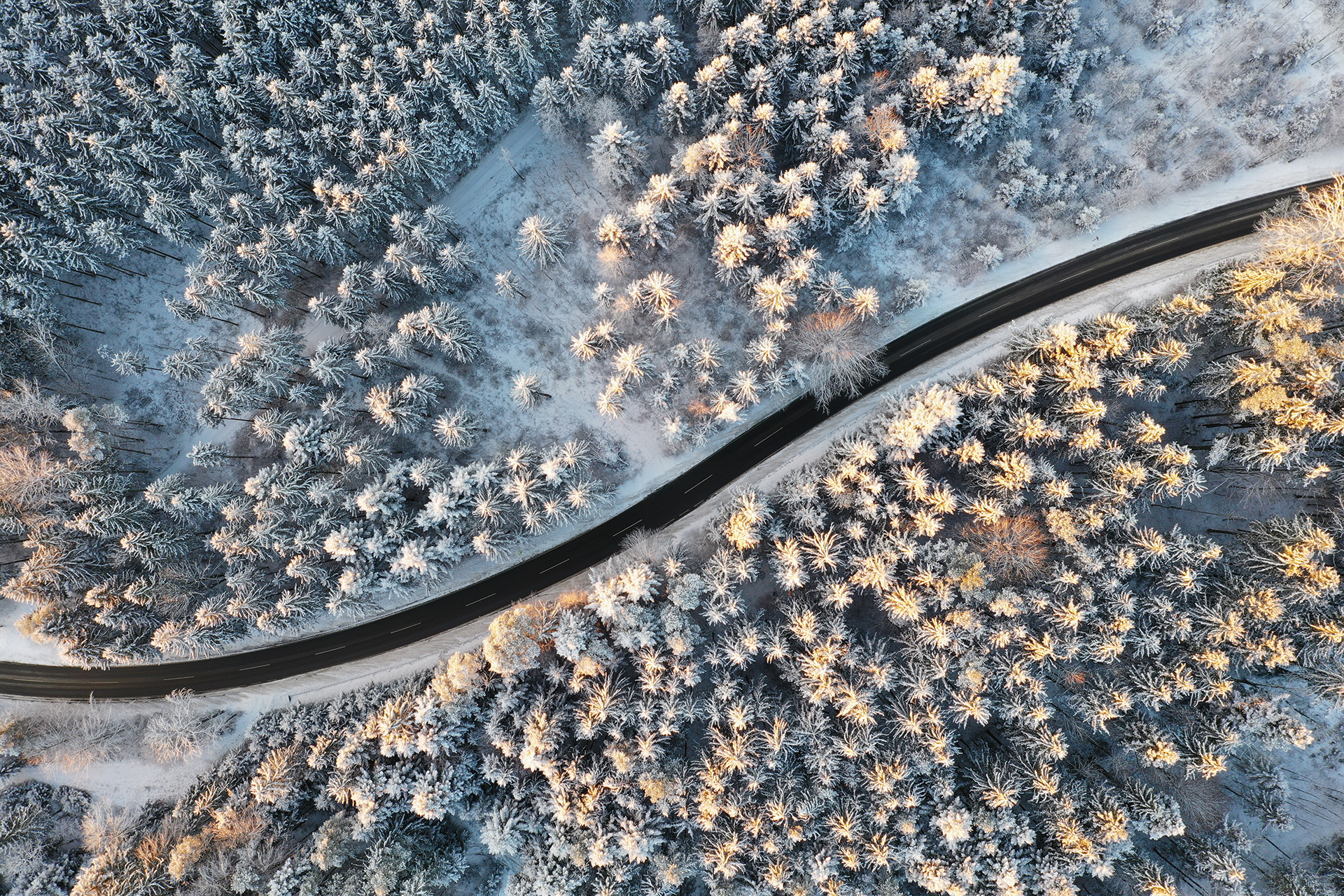

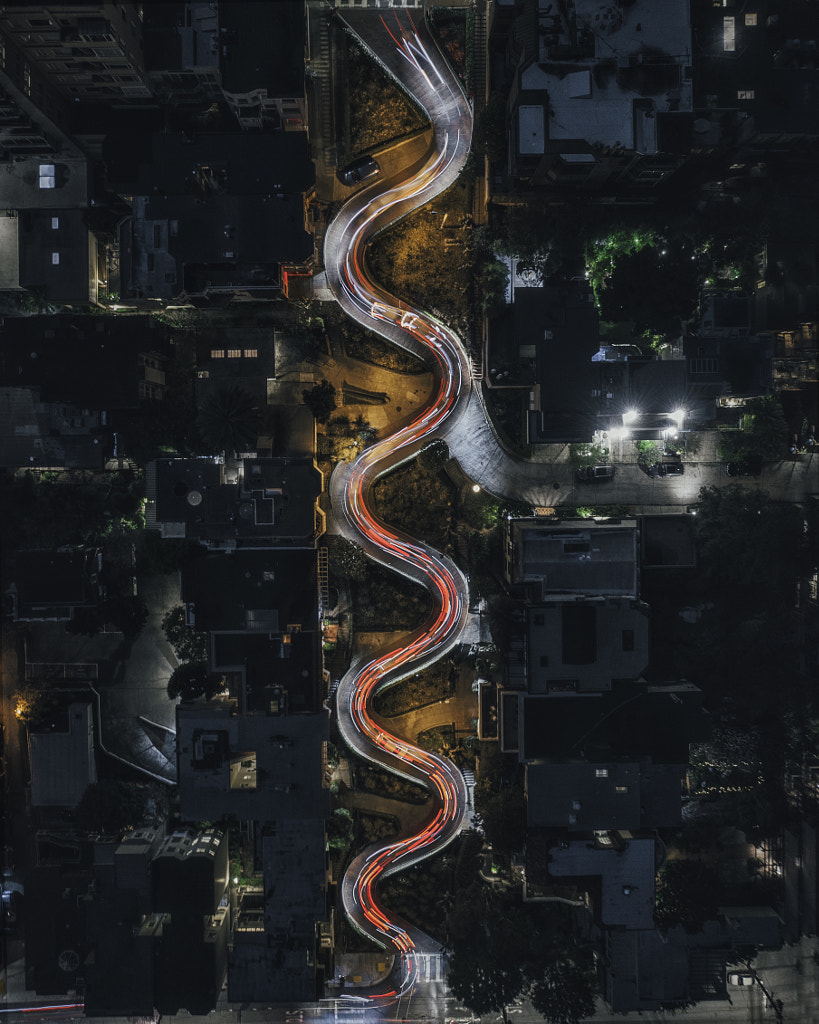
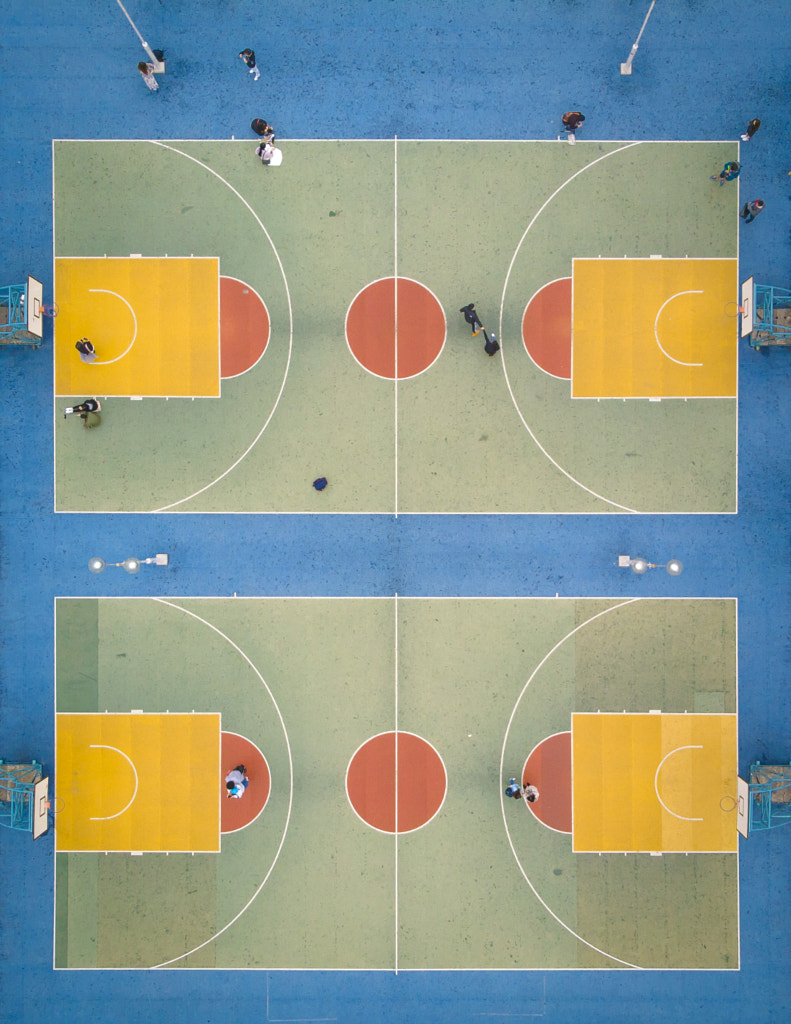
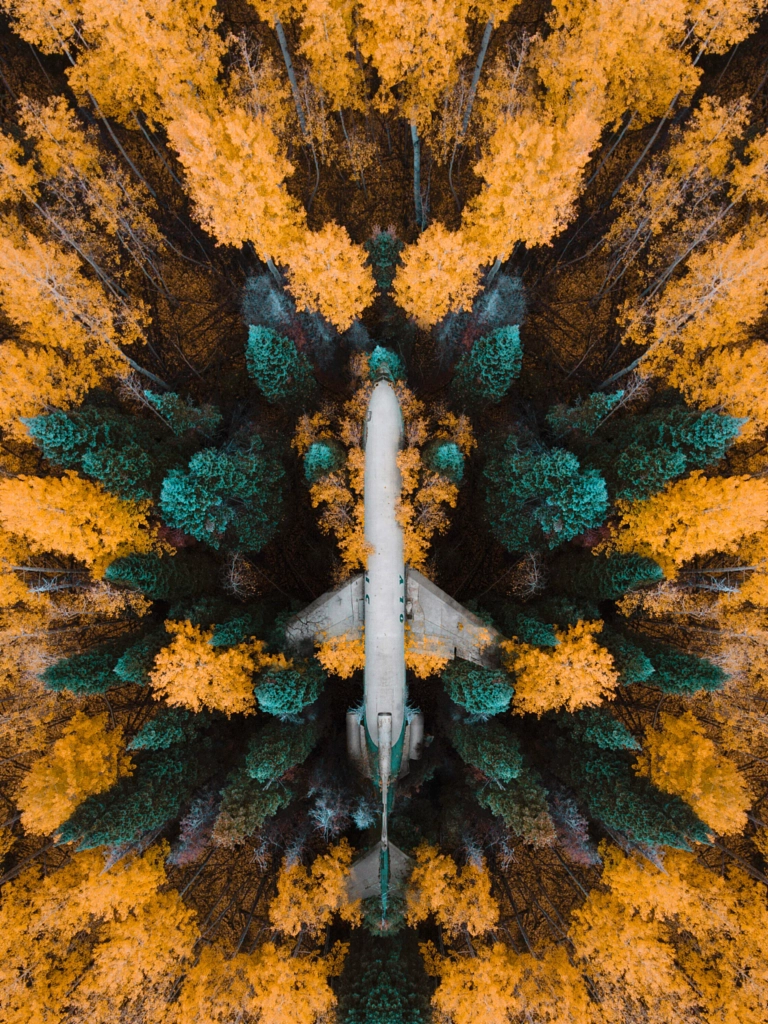
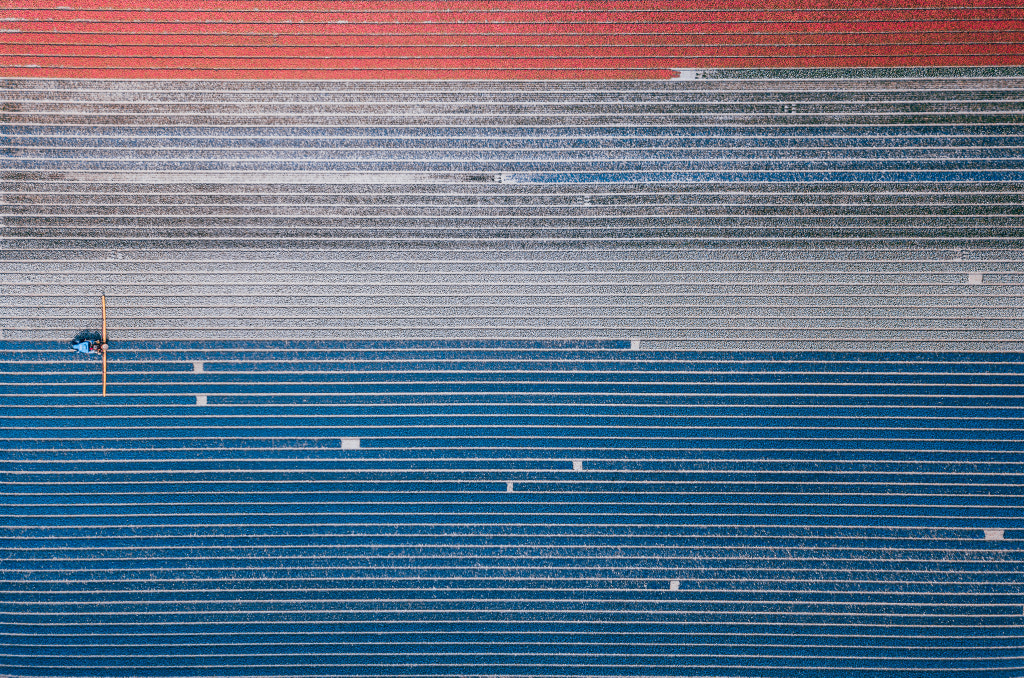
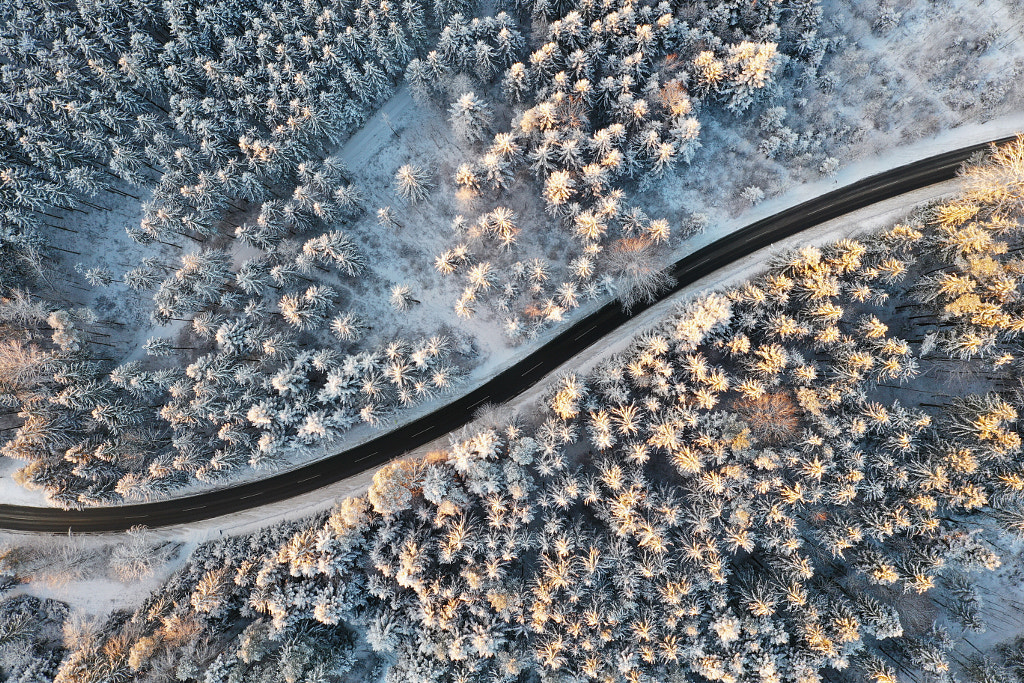

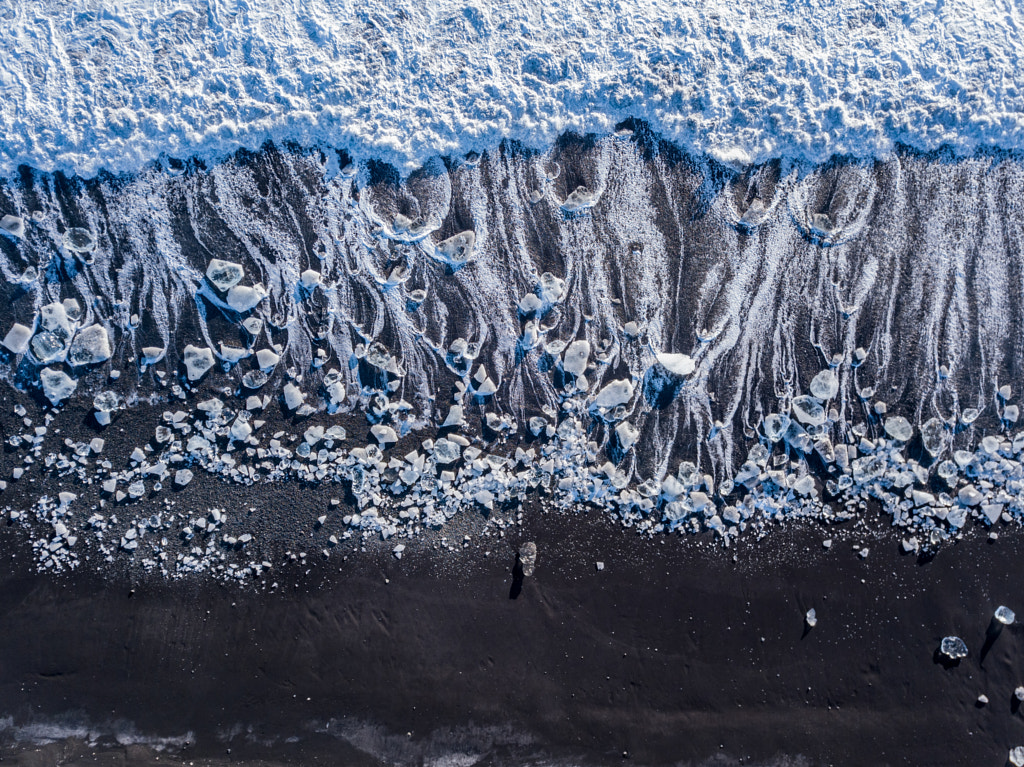
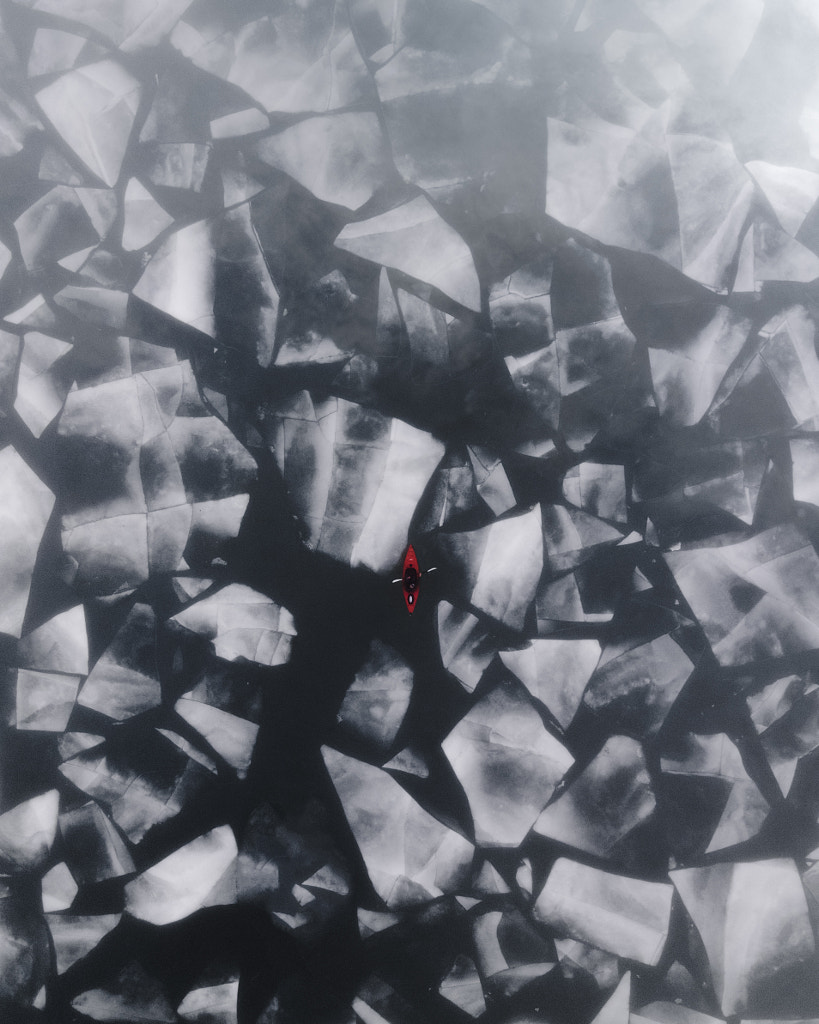
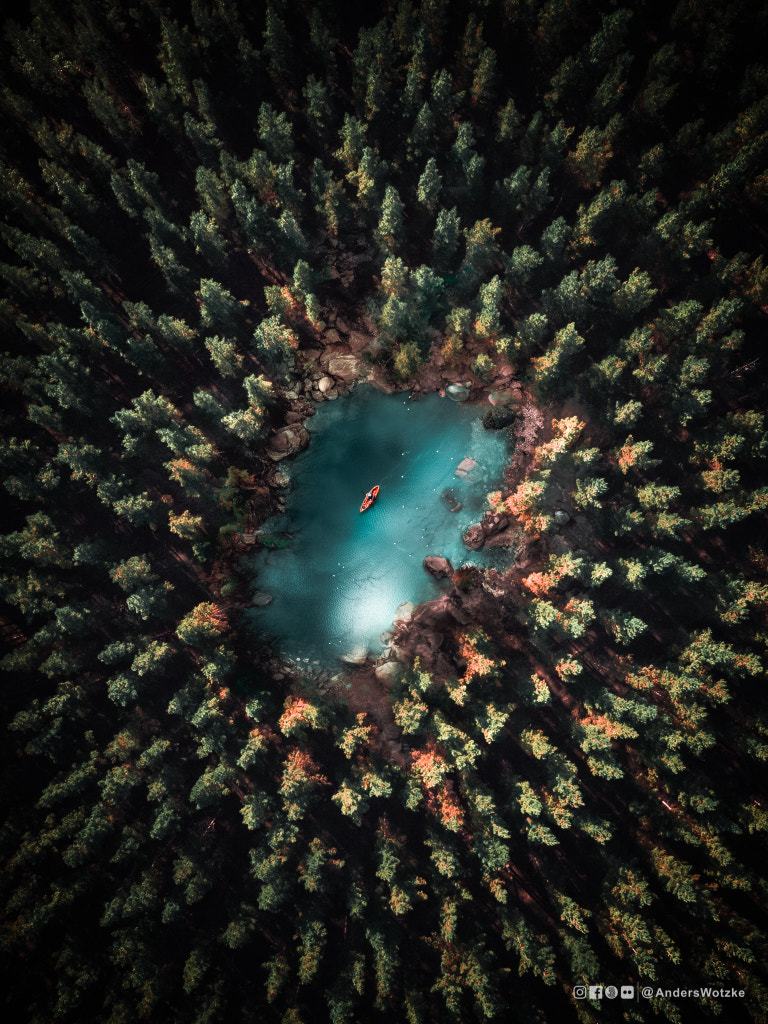
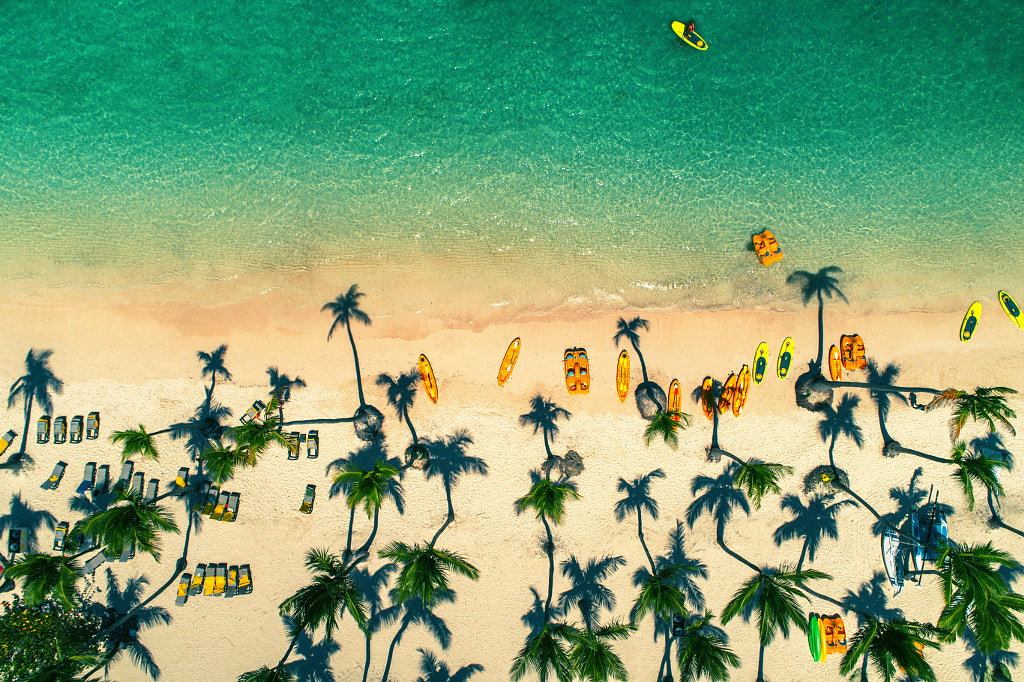
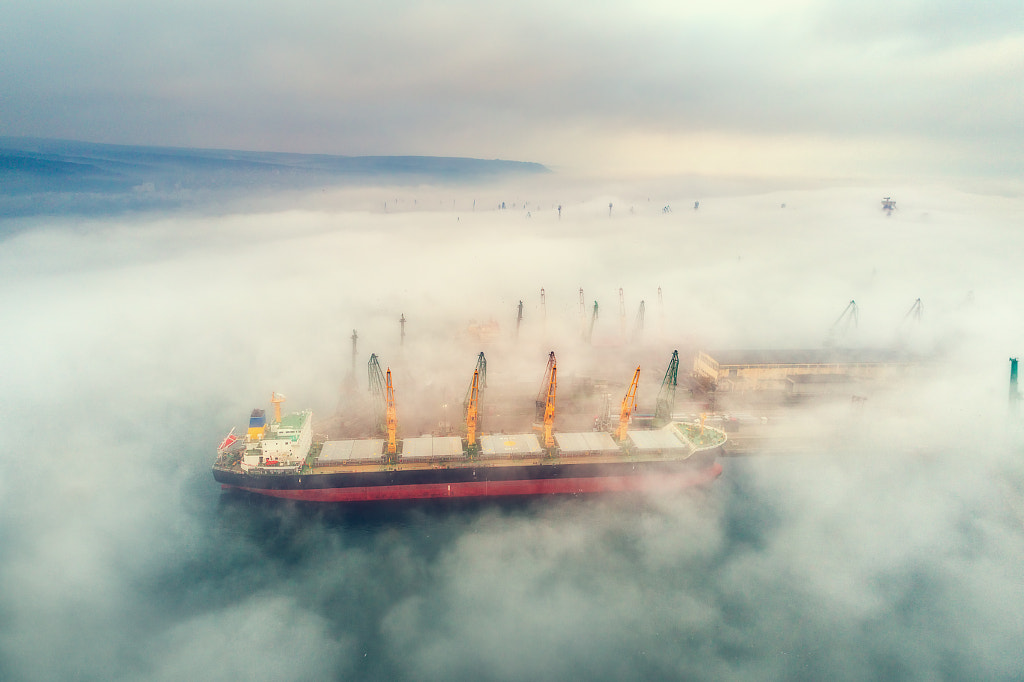

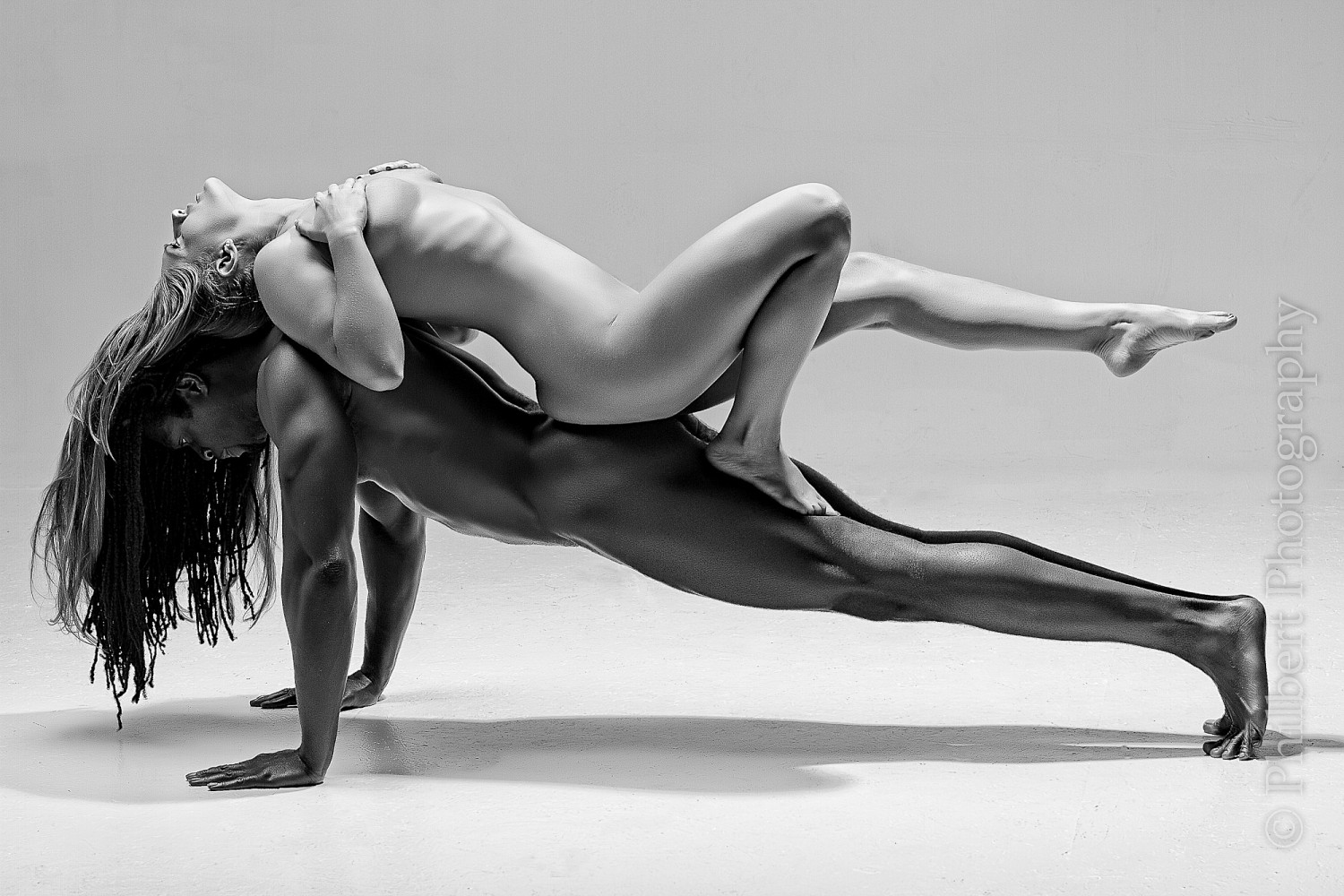

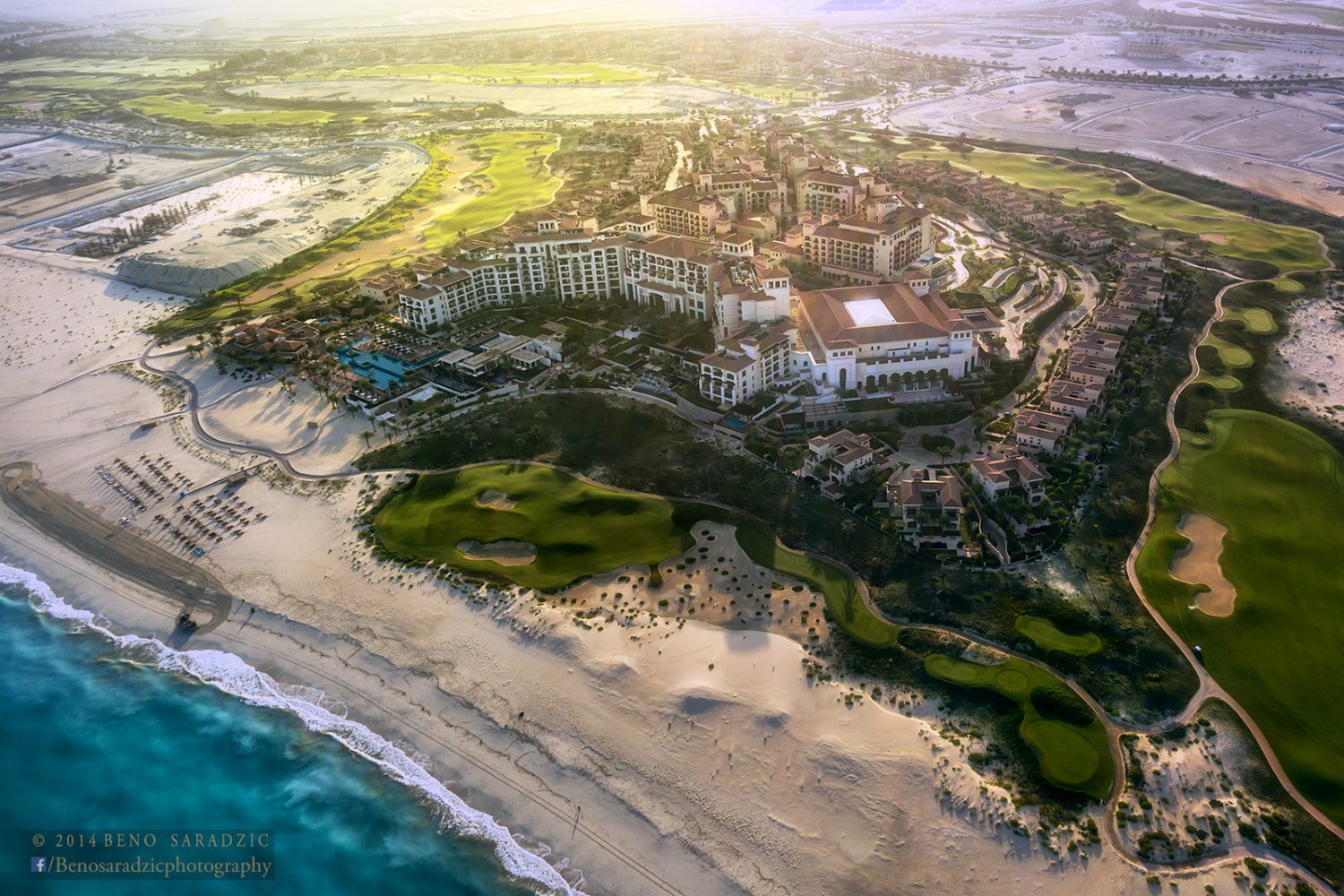

Leave a reply